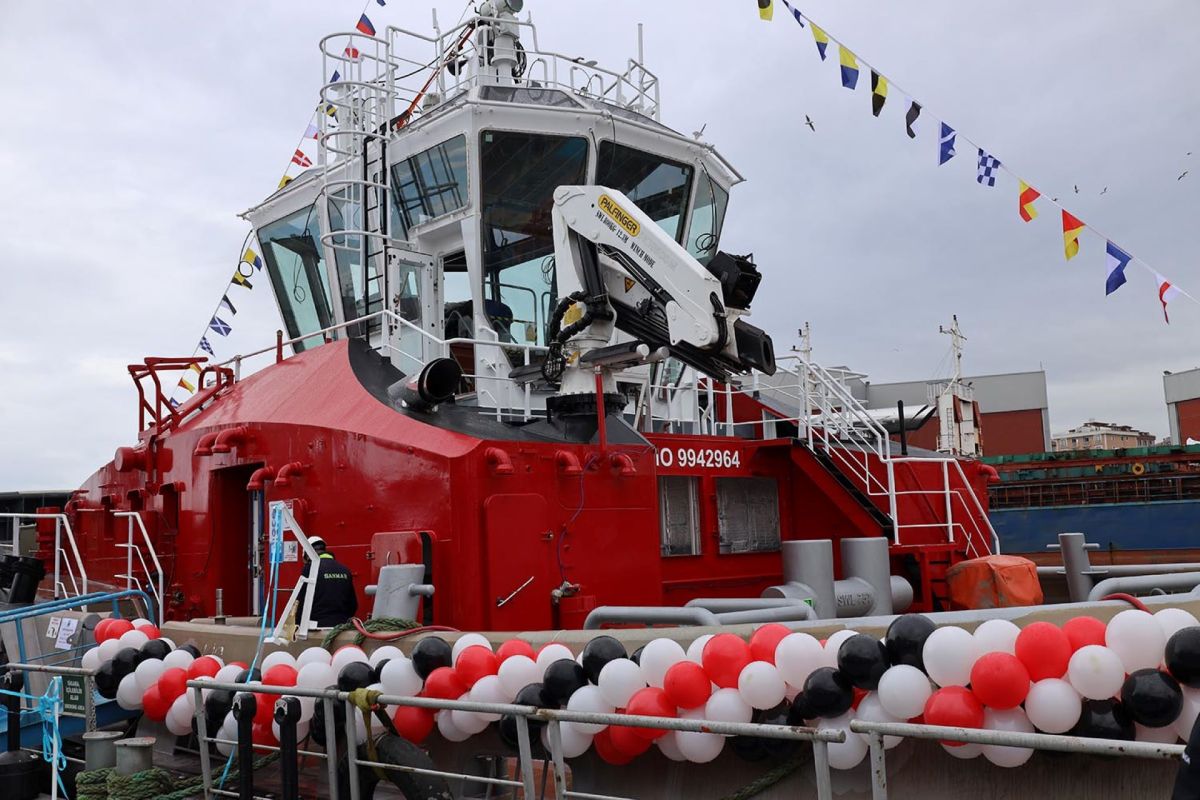All types of transport are going electric these days as people increasingly turn away from gas-powered vehicles in an attempt to save money at the pump and do less damage to our planet. The latest to add to that list is North America's first-ever electric tugboat, which was unveiled in July in Vancouver, Canada.
Created in partnership between Seaspan, a Vancouver-based shipyard, and Haisla Nation, the band government of the indigenous Haisla people, the boat is called HaiSea Marine. It was designed by naval architecture firm Robert Allan Ltd. and constructed at a shipyard in Turkey, where a huge number of the world's tugboats are built, per Business in Vancouver.
A tugboat called "Sparky," also referred to as an e-tug, is believed to be the world's first "full-sized, ship-handling electric tug" ever put into service, in New Zealand in June 2022.
The Haisla Nation pushed Seaspan to make the zero-emissions tugboat as part of its negotiations to approve a new export terminal.
Not only is the HaiSea Marine much better for the environment than a traditional gas-powered tugboat, the fact that it runs on electricity offers an array of other added benefits. While traditional tugboats have two massive smokestacks that release polluting diesel exhaust, the HaiSea Marine has no need for them — as a consequence, it has nothing obstructing its own view of its surroundings in a crucial advantage for tugboats.
"It will change the game, for sure," Jordan Pechie, senior vice president of Seaspan Marine Transportation, told BIV.
"Visibility is everything," Pechia added. "Especially when you're ship-docking, you need to see all points of contact, you need to see your crew, you need to see the lines."
In addition, the electric motor is far more responsive than what tugboat captains are used to, allowing them to maneuver much more quickly. And an electric motor produces 33% less underwater noise compared to a diesel engine, which makes it less disruptive to marine life.
While the HaiSea Marine, being the first of its kind, was costlier to build than a traditional diesel tugboat, Pechie estimates that the breakeven point will come in a mere eight years because of its reduced operational cost.
Following the example of the HaiSea Marine, numerous additional electric tugboats are in production. Earlier in December, the third such vessel was delivered to Vancouver.
"This model is the future. This is what belongs in British Columbia. For terminal contracts, electric tugs just make perfect sense," Pechie said. "So it's nice to know, we weren't crazy. Smart people are copying us, which means we're headed in the right direction."
Editor's note: A previous version of this article identified the HaiSea Marine as the world's first electric tugboat. We regret the error.
Join our free newsletter for weekly updates on the coolest innovations improving our lives and saving our planet.









